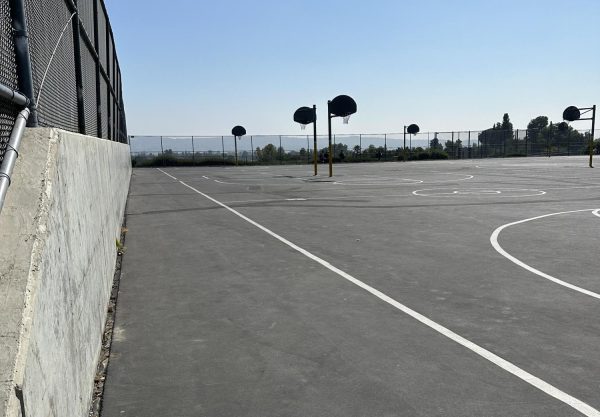
Global temperatures are hitting record highs, leaving schools unprepared– students are starting to feel the heat. With classrooms and outdoor spaces becoming uncomfortably warm, many struggle to cope during the hotter months. Schools are now exploring new ways to adapt to the changing climate.
The heat can be felt inside and outside the classrooms. The blazing sun blasts through the windows, and the asphalt absorbs all the day’s heat, releasing it back onto the students. As more students suffer for heat-related reasons, districts nationwide are finally responding to climate change (Associated Press).
These effects are even more apparent in cities already suffering from the urban heat island effect. The asphalt and lack of tree coverage increase these effects, and students begin to face more intense and prolonged heat exposure throughout the day. This exacerbates health risks like dehydration, heat exhaustion, and difficulty concentrating in class (Washington Post).
To avoid these effects, school districts nationwide look to address these issues by improving greenery and providing shade around campuses. These improvements aim to reduce heat absorption and create cooler environments for students, particularly in outdoor spaces where asphalt and a lack of shade intensify the heat (Associated Press).
To support these schools, programs such as Renew America’s Schools receive grants from the Department of Energy and the Environmental Protection Agency’s (EPA) Climate Resistant School program provides vital funding to transform schools and implement sustainable, climate-resilient infrastructure, ensuring a healthier and more comfortable learning experience for students (Associated Press).
Students are becoming increasingly aware of climate issues through taking environmental science classes. Murielle Pham (11) believes that “climate change is a very serious issue in our society today, and we must not adapt to it but help to solve the greater issue.” These feelings permeate around schools, leading to a more climate-conscious generation.
As temperatures rise, schools must adapt to climate change on student health and learning environments. Many schools around the nation are transforming their campus with the assistance of grants from the EPA and the Department of Energy. The students are becoming more educated and taking the initiative to tackle climate change. As climate change speeds up, these measures are crucial to support the well-being of future students.



























